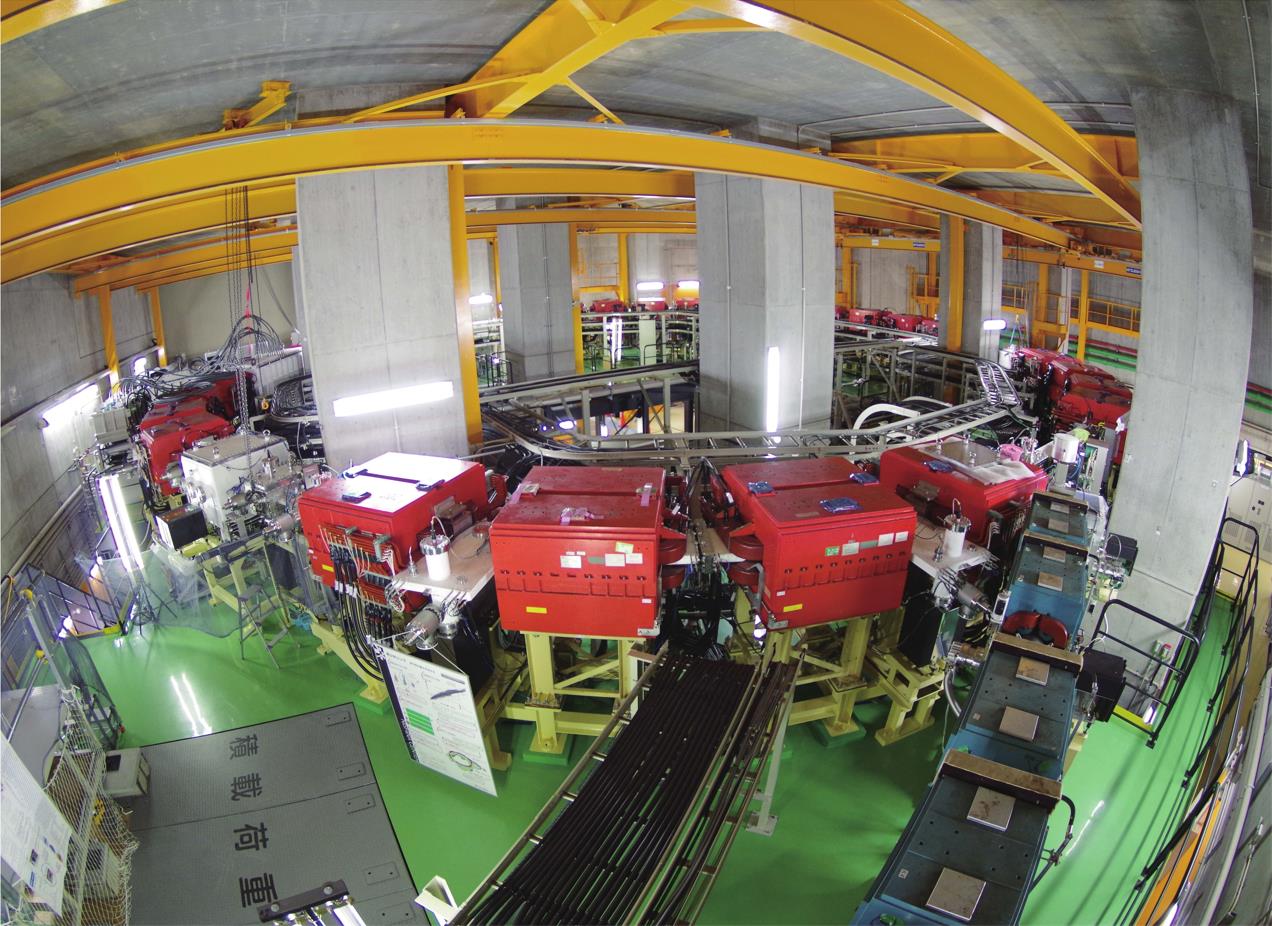The study was conducted by an international research team, including the Institute of Modern Physics (lMP) of the Chinese Academy of Sciences (CAS), RIKEN Nishina Center, Los Alamos National Laboratory and other scientific institutions.
The origin of elements in the universe is one of the most important questions in nuclear astrophysics. The rapid neutron capture process (r-process) is considered to be responsible for the production of about one half of the elements heavier than iron. However, the sites for the r-processes are still ambiguous. The neutron star merger is one of the most possible sites.
Simulations of the nucleosynthesis process provide important information for interpreting relevant observations and locating its astrophysical sites. Experimental mass values of nuclides not only provide reliable data for calculations, but also help to improve the mass models. Nevertheless, as the r-process involves a large number of neutron-rich nuclei that have low yields and short lives, it is extremely difficult to produce and measure these nuclei in laboratories. Therefore, a large amount of nuclear data needed in the r-process calculations can only rely on theoretical models.
According to previous studies, palladium-123 has a significant impact on the abundances of A=122 and 123 nuclides in the r-process. To provide reliable data for studies, researchers carried out the experiment of measuring the mass of palladium-123 at the R3 facility.
This is the first application of mass measurement using the R3 facility at the Radioactive Isotope Beam Factory in Japan, which can provide the world’s highest intensity of radioactive isotope beam. The R3 facility is a recently commissioned cyclotron-like storage ring mass spectrometer. Based on the Isotope-Selectable Self-triggered Injection technique, the pre-identified ions can be selected and injected into R3 event by event. Therefore, the R3 facility has a unique advantage for the mass measurements of the short-lived nuclides with extremely low production yields.
In the experiment, researchers produced the nuclei of interest by the fission fragmentation of the uranium-238 beam impinged on a beryllium target. Researchers successfully measured a total number of 166 palladium-123 ions with the relative mass uncertainty achieving 2.3x10-6.
Based on the new mass data, researchers calculated the A=122 and A=123 element abundance ratios in the twenty r-process trajectories of the neutron star merger with the reaction network model. Compared to the ratio results obtained based on the theoretical mass model, the ratio results obtained based on the new mass results from this experiment are more consistent with the observed solar r-process abundance.
The new experimental results improve our understanding of the fine structure of the element abundance patterns created in the r-process.
This work was supported by the National Natural Science Foundation of China.

Figure. The rare-RI ring facility at the Radioactive Isotope Beam Factory. (Image from RIKEN)
Contact:
LIU Fang
Institute of Modern Physics

